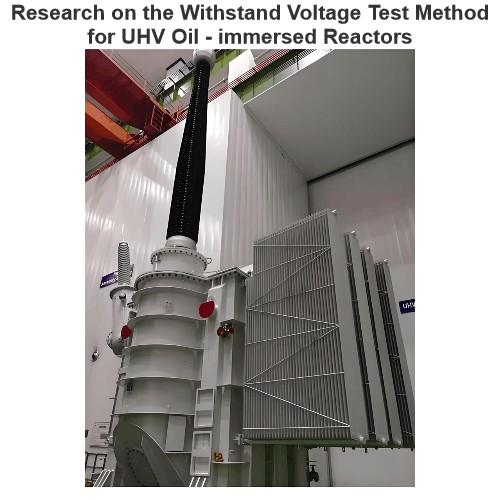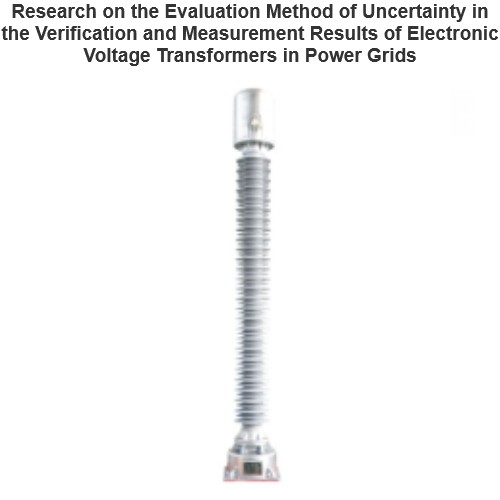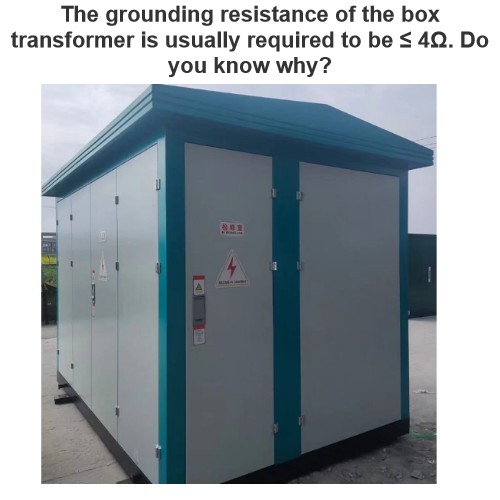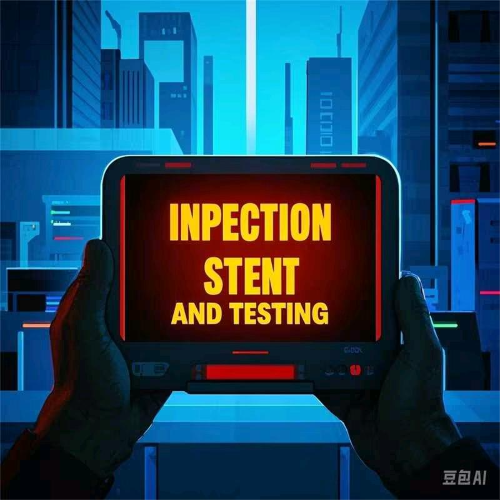Ratio Trial Verification Method for Current Transformers
Oliver Watts
07/05/2025
Topics
Hey! I'm Oliver Watts, an electrical engineer in Inspection and Testing. With years of hands - on experience, I ensure electrical systems meet top safety and performance standards. Using advanced gear, I conduct diverse tests, easily spotting issues in both large - scale industrial and small - scale commercial setups. I love teaming up, sharing knowledge, and keeping up with industry regs. Also, I'm skilled at data analysis with software. If you're into electrical inspection or just want to chat engineering, reach out. Let's connect and explore!

Research on the Withstand Voltage Test Method for UHV Oil - immersed Reactors
1 Investigation of Insulation Defects in UHV Oil - immersed ReactorsKey challenges in high - voltage oil - filled reactors during operation include insulation faults, iron - core magnetic leakage heating, vibration/noise, and oil leakage.1.1 Insulation FaultsParallel - connected reactors, once connected to the main grid’s primary coil and put into use, operate at full power long - term. Sustained high voltage raises operating temperatures, accelerating aging of coil insulation materials an
Oliver Watts
07/24/2025

Research on the Evaluation Method of Uncertainty in the Verification and Measurement Results of Electronic Voltage Transformers in Power Grids
1. IntroductionGrid electronic voltage transformers, as indispensable measuring components in power systems, have their measurement accuracy directly tied to the stable operation and efficient management of power systems. However, in practice, due to the inherent characteristics of electronic components, environmental factors, and limitations of measurement methods, the measurement results of voltage transformers often involve uncertainty. This uncertainty not only impacts the accuracy of power
Oliver Watts
07/24/2025

The grounding resistance of the box transformer is usually required to be ≤ 4Ω. Do you know why?
As a key power distribution equipment, the safe operation of a compact substation relies on reliable grounding measures. People often wonder: Why is the grounding resistance of a compact substation generally required to be no more than 4Ω? Behind this value, there are rigorous technical bases and application scenario restrictions. In fact, the requirement of ≤4Ω is not mandatory in all cases. It mainly applies to scenarios where the high - voltage system adopts "ungrounded", "reso
Edwiin
07/23/2025

Test of 10 kV Electronic Current Transformer
1 Performance AdvantagesIn recent years, electronic current transformers (ECTs) have emerged as a key industry trend. National standards classify them into two types: Active Optical Current Transformers (AOCTs, active hybrid type) and Optical Current Transformers (OCTs, passive optical type). Active hybrid ECTs use low-power electromagnetic transformers and Rogowski coils as core sensing elements (Figure 1).Rogowski coils outperform traditional sensors with non-saturation and wide dynamic ranges
Oliver Watts
07/22/2025










